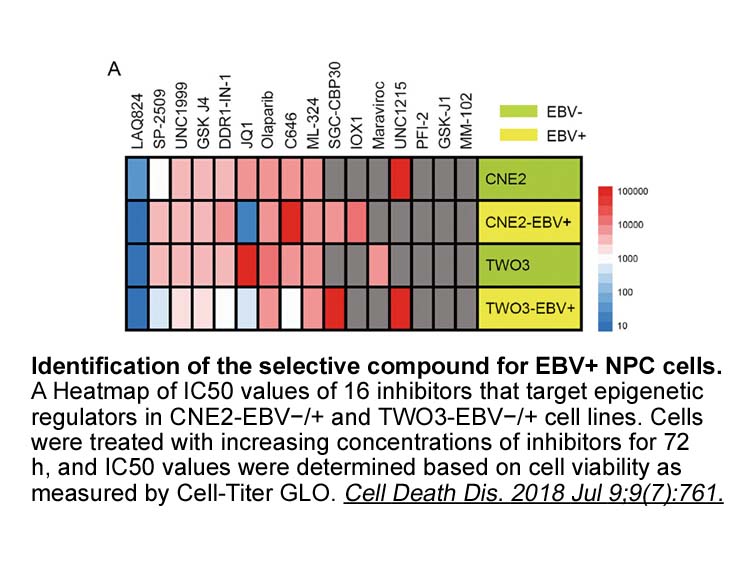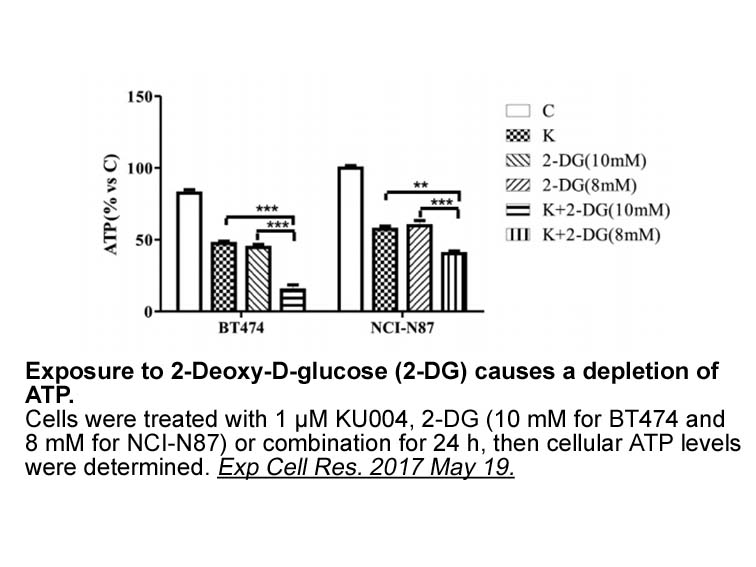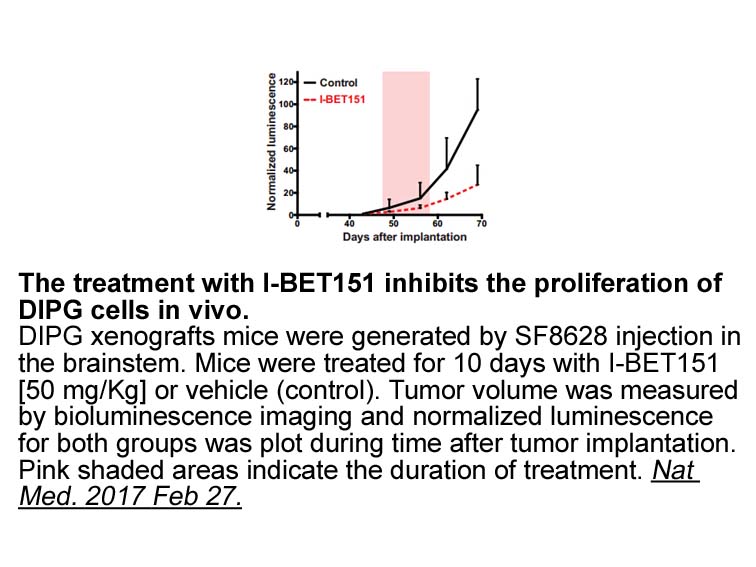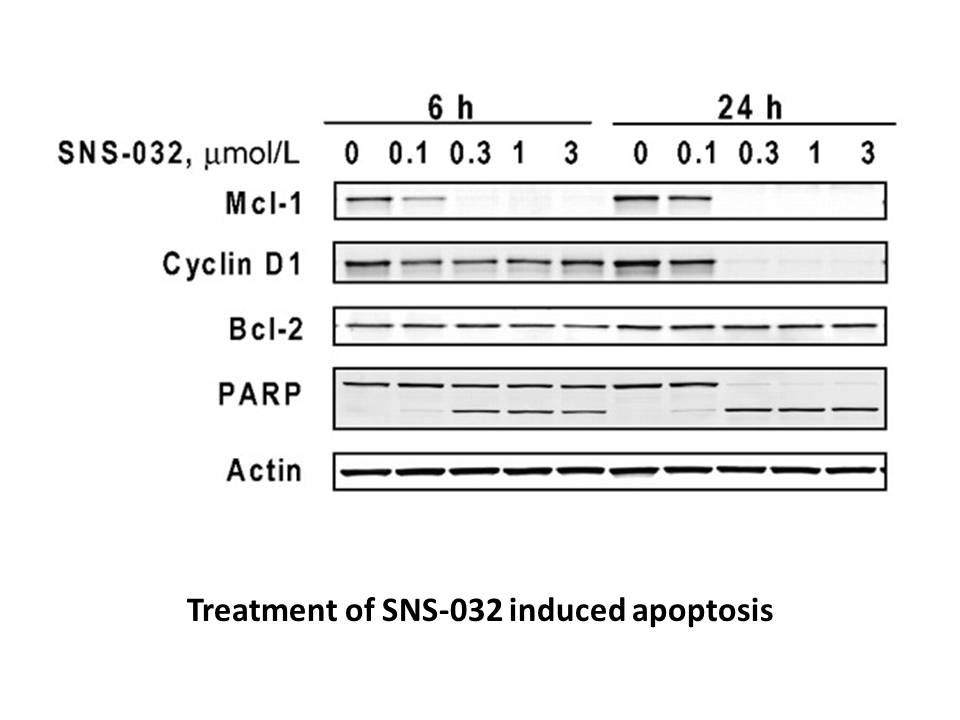Archives
- 2025-11
- 2025-10
- 2025-09
- 2025-03
- 2025-02
- 2025-01
- 2024-12
- 2024-11
- 2024-10
- 2024-09
- 2024-08
- 2024-07
- 2024-06
- 2024-05
- 2024-04
- 2024-03
- 2024-02
- 2024-01
- 2023-12
- 2023-11
- 2023-10
- 2023-09
- 2023-08
- 2023-07
- 2023-06
- 2023-05
- 2023-04
- 2023-03
- 2023-02
- 2023-01
- 2022-12
- 2022-11
- 2022-10
- 2022-09
- 2022-08
- 2022-07
- 2022-06
- 2022-05
- 2022-04
- 2022-03
- 2022-02
- 2022-01
- 2021-12
- 2021-11
- 2021-10
- 2021-09
- 2021-08
- 2021-07
- 2021-06
- 2021-05
- 2021-04
- 2021-03
- 2021-02
- 2021-01
- 2020-12
- 2020-11
- 2020-10
- 2020-09
- 2020-08
- 2020-07
- 2020-06
- 2020-05
- 2020-04
- 2020-03
- 2020-02
- 2020-01
- 2019-12
- 2019-11
- 2019-10
- 2019-09
- 2019-08
- 2019-07
- 2019-06
- 2019-05
- 2019-04
- 2018-07
-
br DNA end processing enzymes The simplest DSB
2021-07-07

DNA end processing enzymes The simplest DSB is one that consists of two blunt DNA ends as these termini can be re-joined without processing. However, DSBs induced by ionizing radiation and reactive oxygen species are notorious for producing DNA ends which are non-ligatable (“dirty ends”) and thus
-
This project was funded by the Deutsche Forschungsgemeinscha
2021-07-07

This project was funded by the Deutsche Forschungsgemeinschaft within FOR 2251 (project grants EB 285/2-1 and WI 3272/3-1) and in part by additional contributions from the Bundesministerium für Bildung und Forschung (D.I.S award Nos. BIOSCAT [05K12YE1]) and the Horizon 2020 programme of the European
-
direct renin inhibitors DNA damage represents a persistent t
2021-07-07

DNA damage represents a persistent threat to genomic stability. A critical link exists between DNA mutation, chromosomal rearrangement and cancer development. In myeloid malignancies, various chromosomal translocations and/or mutations increased cellular reactive oxygen species (ROS), followed by DS
-
A set of small molecule LigI inhibitors were identified thro
2021-07-07

A set of small molecule LigI inhibitors were identified through an in silico structure-based screen, using the atomic resolution structure of LigI complexed with nicked DNA [[18], [26]]. This screen yielded inhibitors that were selective for LigI (L82), inhibited both LigI and LigIII (L67) and inhib
-
br DGKs inhibition and signaling Local DAG
2021-07-07

DGKs inhibition and signaling Local DAG levels are strictly controlled by a balance between synthesis and degradation rates. Both receptor controlled PLC-mediated production and DGK-mediated degradation are classically implicated in the control of “signaling” DAG. However, this dogma is starting
-
br Outcome of COX overexpression Although a causal role
2021-07-07

Outcome of COX-2 overexpression Although a causal role for COX-2 has been proposed, mechanisms by which COX-2 function contributes to the pathogenesis of hyperplastic disease are not well defined. To examine if there is any correlation between COX-2 and p53 protein levels, Kumagai et al. [15] rec
-
We did not find any significant
2021-07-07

We did not find any significant associations between APOE genotype and BDI-II, BAI, or PAI clinical scale scores. Our results indicate that APOE is not likely to play a major role in psychiatric comorbidities in epilepsy. This is in line with studies in the general population, which have not found a
-
Activating GSK signaling to inhibit PK signaling during isch
2021-07-07

Activating GSK3β signaling to inhibit PK signaling during ischemia/reperfusion (I/R) is protective of WM ischemic injury. Glycogen synthase kinase (GSK3), which was the first substrate identified for AKT [44], is inhibited by AKT phosphorylation at positions S9 and S21 [45]. When GSK3β is active, it
-
br Most reported binding data are obtained by
2021-07-07

Most reported binding data are obtained by performing heterologous competition binding experiments and expressing the results as relative binding affinity (RBA). The constructed binding curves should theoretically be sigmoidal in shape with a Hill slope value of one, for a single ligand binding to
-
br The estrogen receptors History and discovery In
2021-07-07

The estrogen receptors: History and discovery In 1958, Elwood Jensen discovered the estrogen receptor, the first receptor ever encountered for any hormone, by showing that reproductive female tissues were able to uptake estrogen from the circulation by binding to proteins. He later demonstrated t
-
ll 37 The role of Epac in the regulation
2021-07-07

The role of Epac in the regulation of intracellular Ca homeostasis and contractility is still matter of debate. In rat adult cardiomyocytes, acute Epac stimulation decreased the amplitude of Ca transients [6], [9], [10] with either no changes [6] or increments [9] in cell shortening, suggesting an e
-
kl compound name australia The compounds listed in Table Tab
2021-07-07

The compounds listed in Table 1, Table 2, Table 3, Table 4, Table 5 were biologically evaluated for their inhibition of the specific binding of a radiolabeled ligand [3H]PGE2 to membrane fractions prepared from cells stably expressing each mouse prostanoid receptor. The EP1 antagonist activity of th
-
In light of this our finding that
2021-07-06

In light of this, our finding that UBTD1 interacts with ubiquitin conjugating enzymes is intriguing. Using two different screening approaches, we have demonstrated that UBTD1 interacts with the ubiquitin conjugating E2D family proteins. Using purified recombinant proteins and gel filtration chromato
-
Furthermore Survivin is a member of
2021-07-06

Furthermore, Survivin is a member of the inhibitor of apoptosis family. IR induces a rapid nuclear accumulation of survivin and subsequent phosphorylation of the protein in the nucleus. Co-immunoprecipitation and immunofluorescence co-localization analyses revealed an interaction among survivin, Ku7
-
DNA methylation assay To test the biological activity of pur
2021-07-06

DNA methylation assay. To test the biological activity of purified A1S_0222, a methylation assay was performed using the Int1 DNA. As an alternative DNA substrate, Seq3 (located in gene A1S_0965 of A. baumannii ATCC 17978) was amplified from Acinetobacter baumannii 29D2 using the oligonucleotides Se
16054 records 645/1071 page Previous Next First page 上5页 641642643644645 下5页 Last page